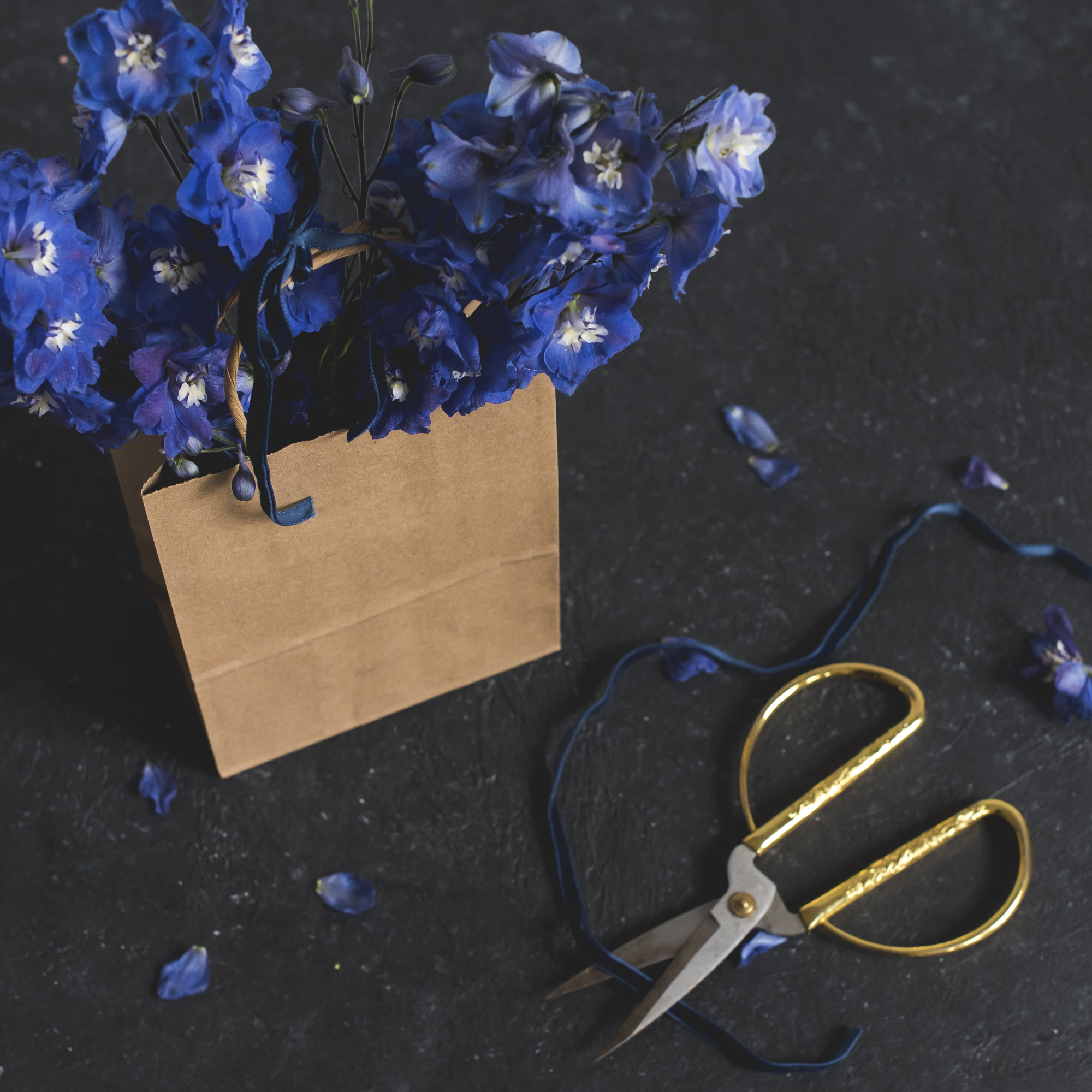
Eco-Packaging is Big Business
Waste has always been an important facet of sustainability discussions, but unfortunately it has also been an easily dismissed one; it isn’t an especially glamorous topic and waste in general tends to exist where it can’t be seen by the average citizen, making it easy to forget. The advent and continued popularity of online shopping has further exacerbated the problem both by creating a growing demand for packaging, and by existing within the privacy of the individual home, where it is difficult to grasp the larger scale of just how many people are consuming products that require extensive packaging.
For larger companies, opting for sustainable packaging is less of a problem. Dell uses mushroom cushioning (made using hulls of plants, a type of agricultural waste) and bamboo, while simultaneously bolstering efforts to bring and keep plastics in packaging and out of the ocean. Amazon is now nearing the 10 year anniversary of its frustration free packaging rollout, which aimed to reduce “wrap rage”. PUMA famously hyped and marketed its “Clever Little Bag,” a stylish solution that allowed them to replace the traditional cardboard shoebox and cut down on tons of waste per year. Even for the individual at home, there are now more options than ever– think Abego‘s reusable alternative to Seran wrap, the proliferation of the compostable BioBags, Ecovocative’s grow-your-own mushroom packaging, or even the USDA’s recently announced plans to research edible packaging film for produce.
But in between these two scales of production, smaller businesses were falling through the cracks– which is where companies like EcoEnclose, Netrush, and Sustainable Packaging Industries come in.
More than just offering an environmentally friendly alternative, companies like EcoEnclose, Netrush, and Sustainable Packaging Industries are rethinking what eco-packaging has to look like. Netrush offers consumers their signature “This Is Not A Box” packaging, which– besides being made with recycled materials and eco-conscious inks– invites consumers to send in photos via social media of how they’ve chosen to creatively reuse their box. In addition, companies can customize the social media logos and add calls to action.
“There are thousands of businesses that are building innovative products with thoughtful supply chains, and they simply do not have the time to research all the packaging manufactures to find which one makes a mailer, box or tape that aligns with their brand and the rest of their supply chain,” Kyle Wente, the President and Co-Owner of EcoEnclose, explains to GC. “They need clear and easy answers and solutions, so that they can focus on improving the sustainability of their own industry. By supporting these businesses and helping them grow, our efforts ripple out to the entire green economy.”
And while support for the environment from a political standpoint remains shaky, Wente is confident that the trend in consumer preference isn’t going anywhere.
“Generally speaking our customers and close partners have embraced our efforts as they see the trends in online consumers– more and more are starting to notice ecommerce packaging from both a sustainability and design perspective,” Wente adds. “Thus, whether they share our commitment to the environment, they realize our products can help drive revenue and brand loyalty. We have loved helping each one of them because it reinforces our efforts and core mission– to improve the sustainability of ecommerce and shipping.”
Whether you’re amending your own habits or those or a larger business, Wente has a simple bit of advice.
“I think many people and businesses get overwhelmed at all the potential areas for improvement and never take the first step,” Wente reflects. “I always say that the most important step is do one thing now. Do anything, but do it now!”
Wondering what your first step could be? Consider going plastic-free for a week.


































